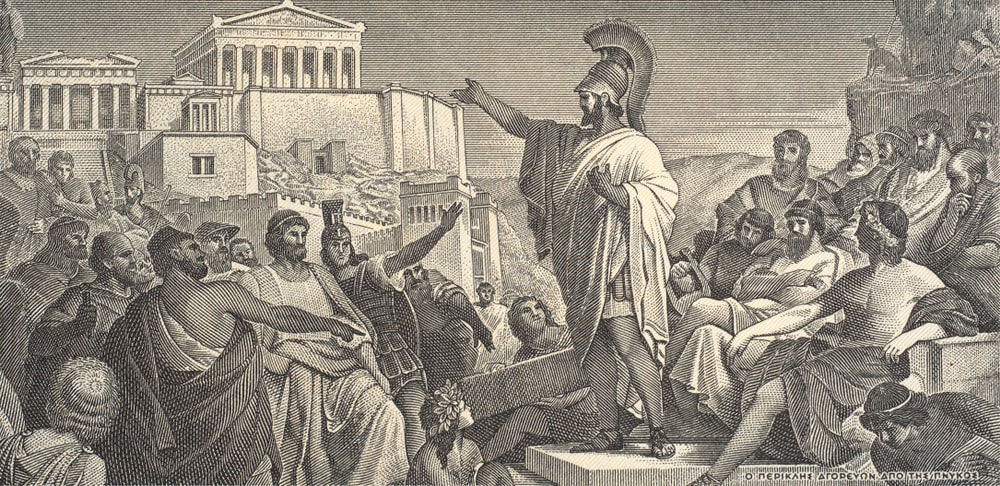How much do we TRULY know about Mary Tudor?
Mary I of England (Mary Tudor) was the sole surviving child of the infamous King Henry VIII and his first wife, Catherine of Aragon.
As the Catholic ruler of a country that had descended into religious battle and established a breakaway church, she saw it as her one true duty to bring her subjects back under the one “true” religion. This drove her to persecute many Protestants after she in came to power.
Eclipsed by her sister and successor, the Protestant Elizabeth I, Mary has primarily been pushed aside in the people’s imagination. And nowadays, most individuals know her reign only as the Marian persecutions.
And her chilling nickname, “Bloody Mary,” is probably more famous than she is. But as it happens with most historical figures, there’s more to her story than meets the eye. Let’s dig deeper to learn about how Mary Tudor wasn’t as evil as we thought.

Mary Tudor Laid The Groundwork For Many Of Her Successor’s Triumphs
Historians have primarily characterized Mary’s reign as ineffective and backward-looking, but these are oversimplifications.
The two biggest failures of Mary’s reign: attempting to re-Catholicize England and the loss of the historically English territory of Calais in France, are often judged out of context.
Future English monarchs handled the loss of territories much bigger than Calais, but it didn’t define their reigns, nor was it acknowledged as evidence of their inaptness.
But Mary Tudor was a conscientious monarch who worked extremely hard. Even though her marriage to a foreigner was initially unpopular, she ensured her rights as queen were not surrendered to her husband.
She launched reforms in the navy, coinage, and militia during her reign, restored several hospitals, and established a never-before-seen trading company with Russia.
A modified customs book increased crown revenue and remained in effect through the control of her successor, Queen Elizabeth. She also had plans for currency reform, carried out AFTER her death.
The First Queen Regnant
Mary Tudor was the first queen ever to be crowned to rule England, from 1553 to 1558, in her own right instead of through marriage to a king.
She formed the precedent, consecrated by law in 1554, that the powers of the monarchy were the same for a queen as they were for a king. But let’s not forget that she also received an outstanding education.
And as a result, she grew up and became a very sharp and refined English woman. Juan Luis Vives specifically wrote De Institutione Feminae Christianae, an essay on the education of girls, for Princess Mary.
Much of her childhood training was in preparation for her future as queen of England. Before she hit her teens, she was already fluent in Latin, French, and Spanish.
Mary Tudor’s Succession To The Throne Was Hard
After her father married Anne Boleyn in 1533, Mary Tudor was proclaimed illegitimate and removed from the line of succession. After King Henry had Boleyn executed, the couple’s daughter, Elizabeth, had also been removed from the line of succession.
But in 1544, Henry reinstated both of his daughters to the line of succession after their half-brother, Edward, who was born to the king’s third wife in 1537. When the king died in 1547, Edward was crowned.
Protestantism was tightly established in England during the young ruler’s reign, making Edward’s relationship with his Catholic sibling Mary strained. In 1553, a teenage Edward became incredibly ill.
Not wanting Mary to claim the throne, knowing she would restore Catholicism across the land once he died, he had her and his sister Elizabeth extracted from the line of succession.
One of Edward’s advisors, the duke of Northumberland, urged him to arrange for the throne to pass to the king’s Protestant cousin, Lady Jane Grey. When Edward died that same year, Jane was proclaimed queen of England.
Northumberland, Jane’s father-in-law, set out with a small army to capture Mary, but she raised one herself before he could. She rallied other supporters, encouraging the royal government to switch its allegiance from Jane and declare Mary Tudor, the legitimate queen.
Jane, who had reigned for nine days, was imprisoned in the Tower of London, and Northumberland was executed.

She Was No Different From Other Monarchs Of That Time
When someone has the title “Bloody Mary,” it probably conjures up images of a cold and ruthless killer.
And though you might argue that the shoe fits, the truth is that Mary Tudor wasn’t any different than other monarchs of her time when it came to eradicating rebellious subjects.
In his efforts to leave his marriage and produce sons with other women, Henry VIII, who never really blended his Catholic upbringing with his zeal for reform, put both Catholics and reformers to death, including death by burning at the stake.
Let’s not forget that Mary’s successor, Elizabeth I, not only massacred many of her subjects but even put a fellow queen and cousin to death.
While it’s true that Mary’s notorious burnings reached almost 300 in a brief period, Elizabeth once ordered over twice as many executions after stopping a Catholic rebellion early on in her rule.
And, of course, neither one of the sisters ever reached the dizzying peaks of their father. By the end of his reign, King Henry VIII had eradicated an estimated 57,000 people, an average of 1,500 death sentences per year.
Among the victims were even two of his wives. And these numbers leave out what was going on in other parts of the globe where leaders were usually even more brutal.
Traumatized By Her Father
Henry VIII had grown increasingly obsessed with the topic of no male heir, desperately seeking a justification for his lack of sons.
Enlightenment principles aside, he deduced that by taking his brother’s widow as his wife, he’d broken the laws of God and been condemned with no heirs, even though the Vatican had approved the marriage.
Only he knew whether he legitimately believed this or found it a convenient way of remarrying. Even though Mary Tudor was already being educated as heiress presumptive, Henry vehemently resisted a female successor.
First, he petitioned the Pope to disband his marriage to Catherine. And when that didn’t, he enlisted allies to persist with annulment proceedings domestically.
He undertook a secret marriage to his mistress, Anne Boleyn, and appointed himself Supreme Head of Church in England.
To support the claim that his marriage to Catherine had never been valid to begin with, he delegitimized the then-teenage Mary and withdrew her from the line of succession, all before Anne’s first child was even born.

Mary Tudor Was Disgraced And Forced To Serve Her Baby Sister
In 1533, Anne Boelyn gave birth to her daughter Elizabeth, her first and only child, with King Henry. Having been stripped of all her royal titles, Mary Tudor was even more humiliated by having to attend to her infant sister, who had replaced her in the line of succession.
To make matters worse, Mary’s mother, Catherine, had been banished from court at this point, and mother and daughter were officially forbidden from having any time of communication.
For many years, Mary Tudor refused to accept her illegitimacy and recognize her father as head of the church, which is a testament to her strength in the face of what must have seemed impossible odds.
Eventually, though, she made those pronouncements but sent a secret letter to the Pope explaining she’d done so under intimidation.
Despite what Elizabeth’s birth and position represented, Mary DID love her sister and was significant in getting her back on good terms with King Henry after he executed Anne, Elizabeth’s mother, for treason.
We hope you enjoyed getting a look into the past at what Mary Tudor’s life was really like. And if you’re as interested in the Tudors as much as we are, we highly suggest you check THIS out!
But we’ve got many more informative articles just like this one. One of our favorites is: 7 Crazy Victorian Traditions You Won’t Believe Existed





